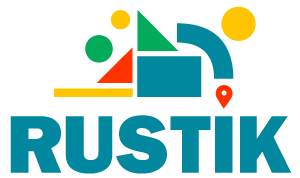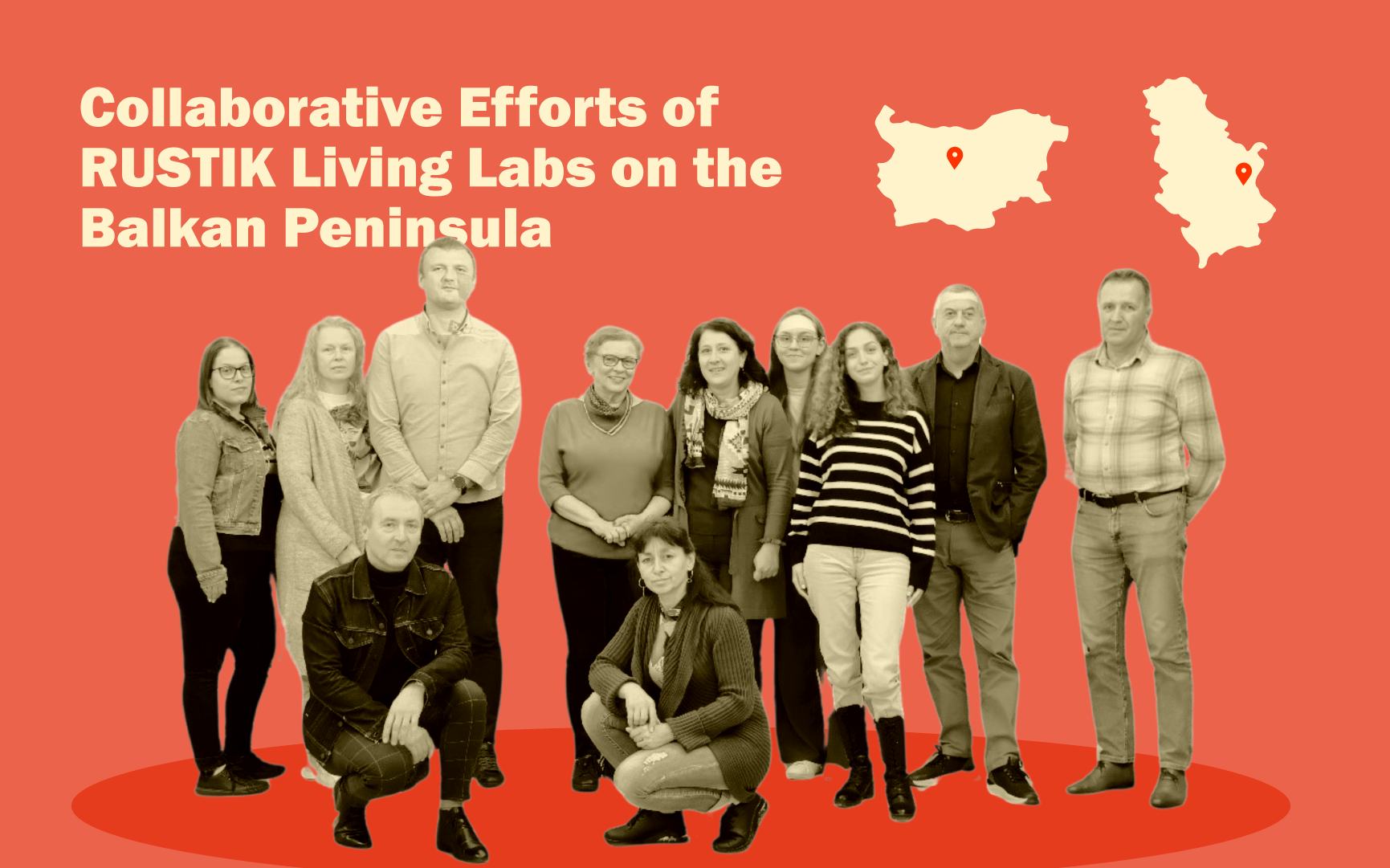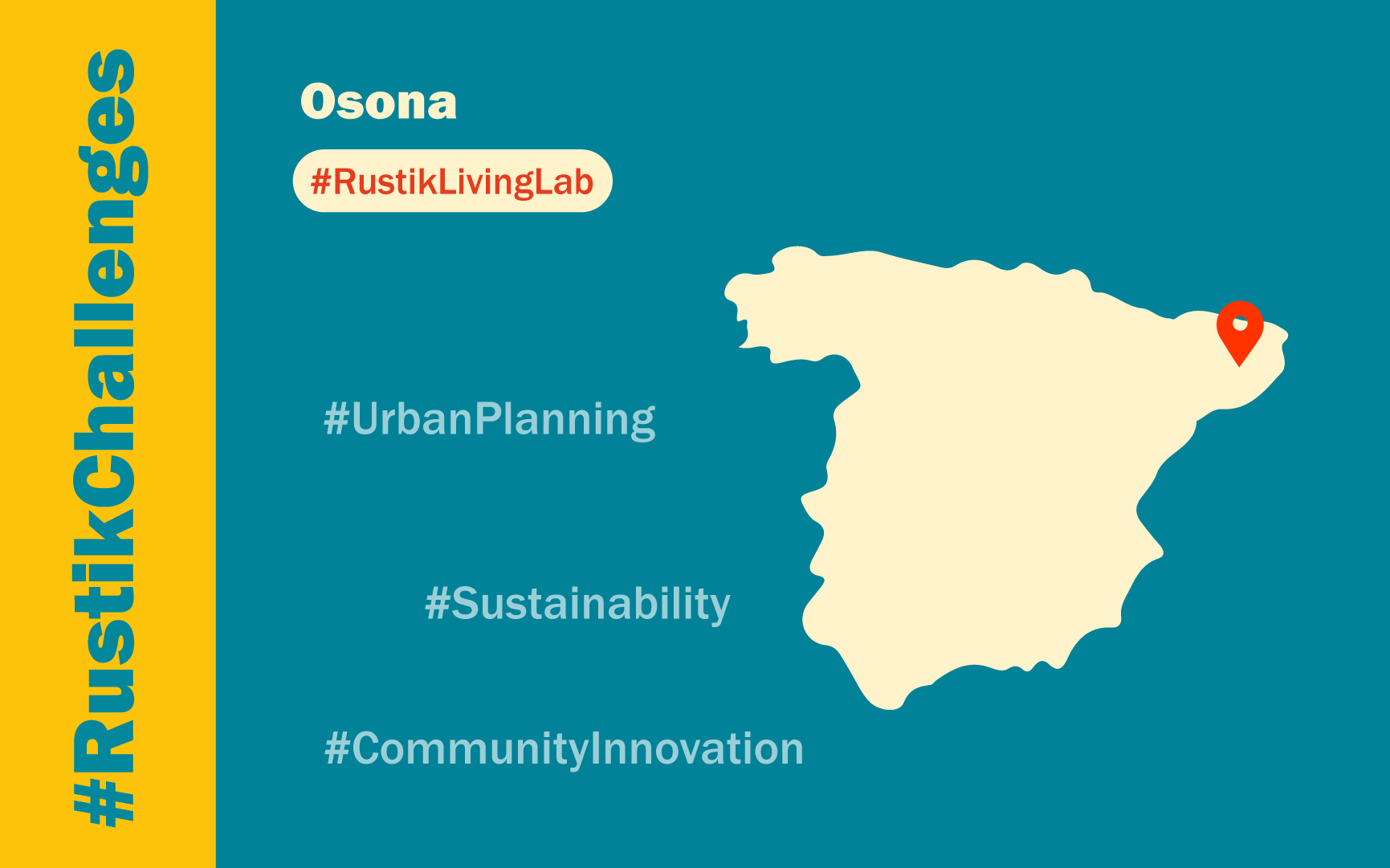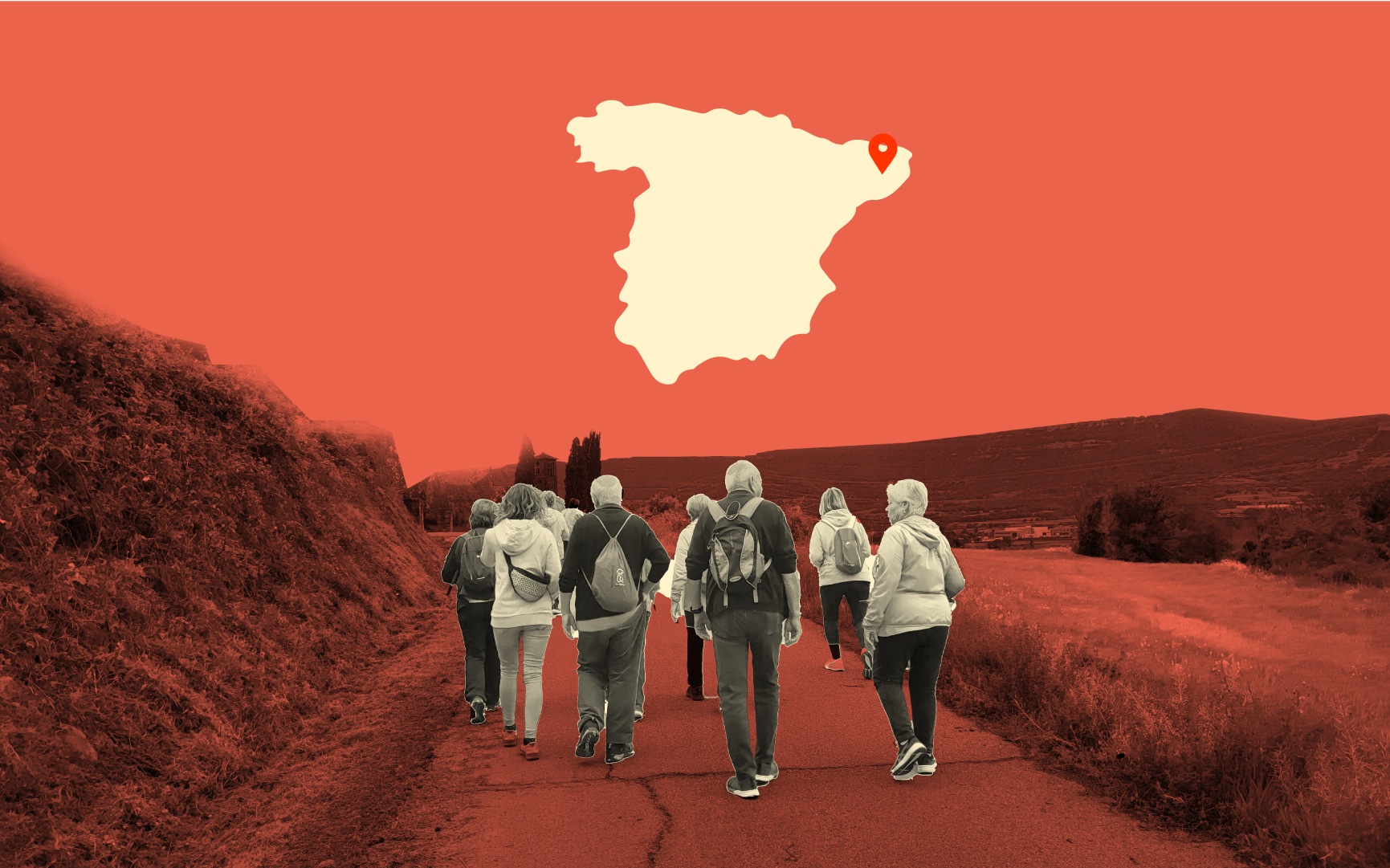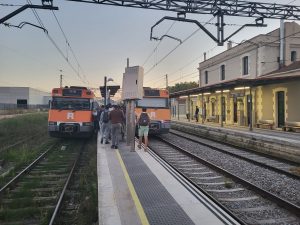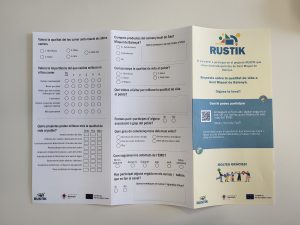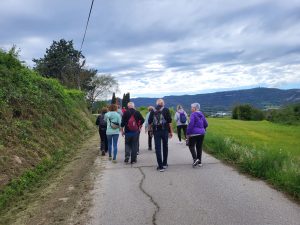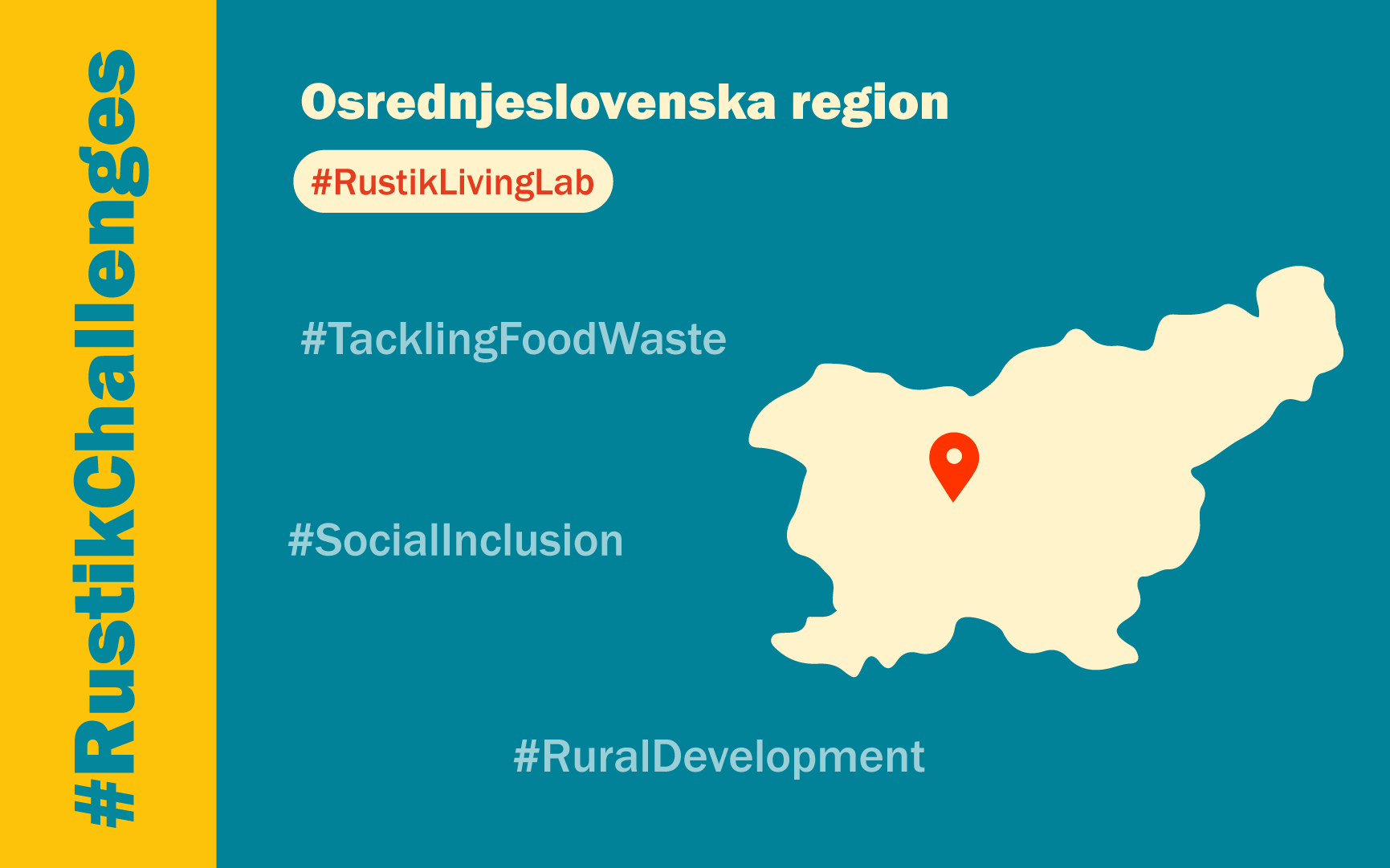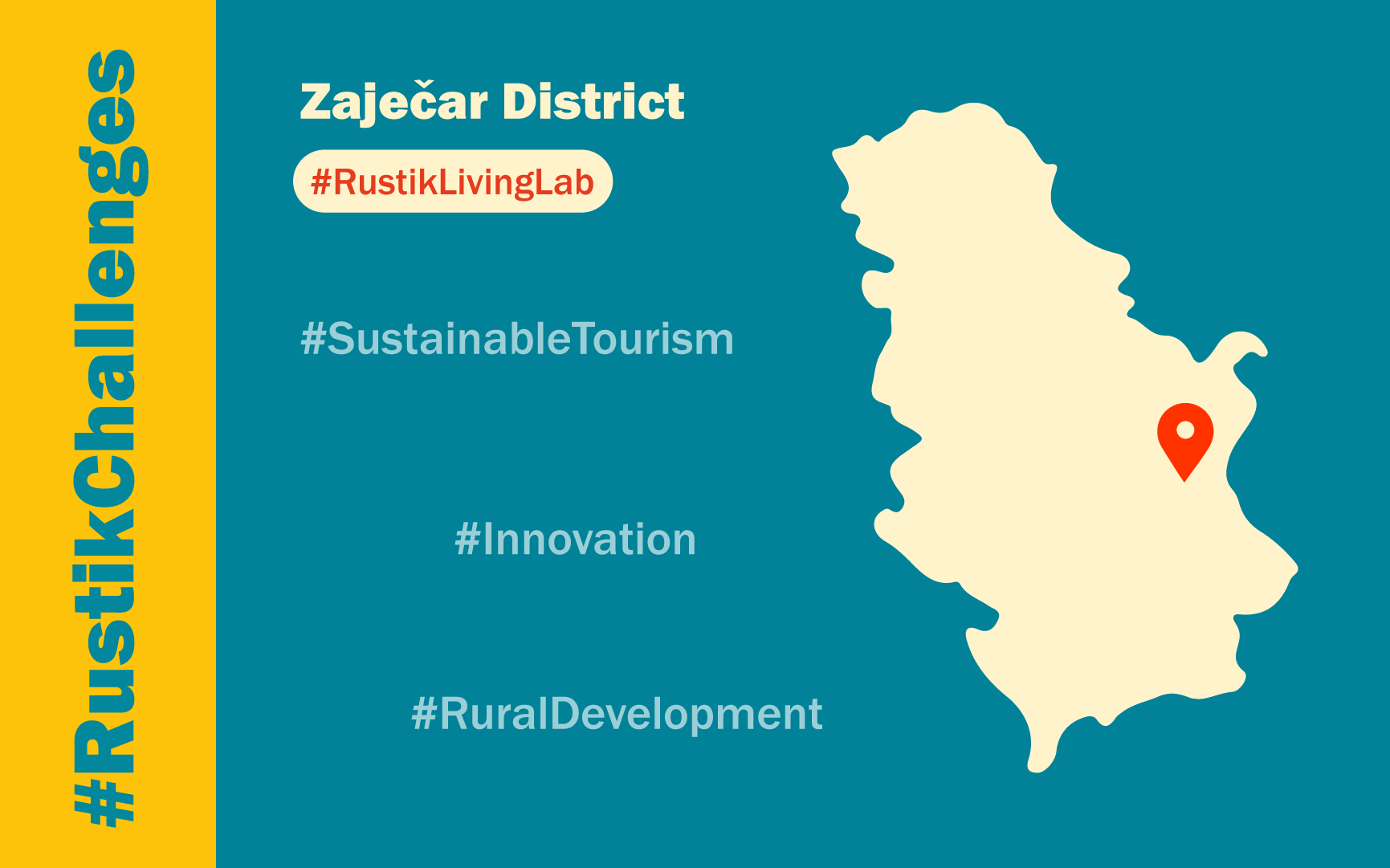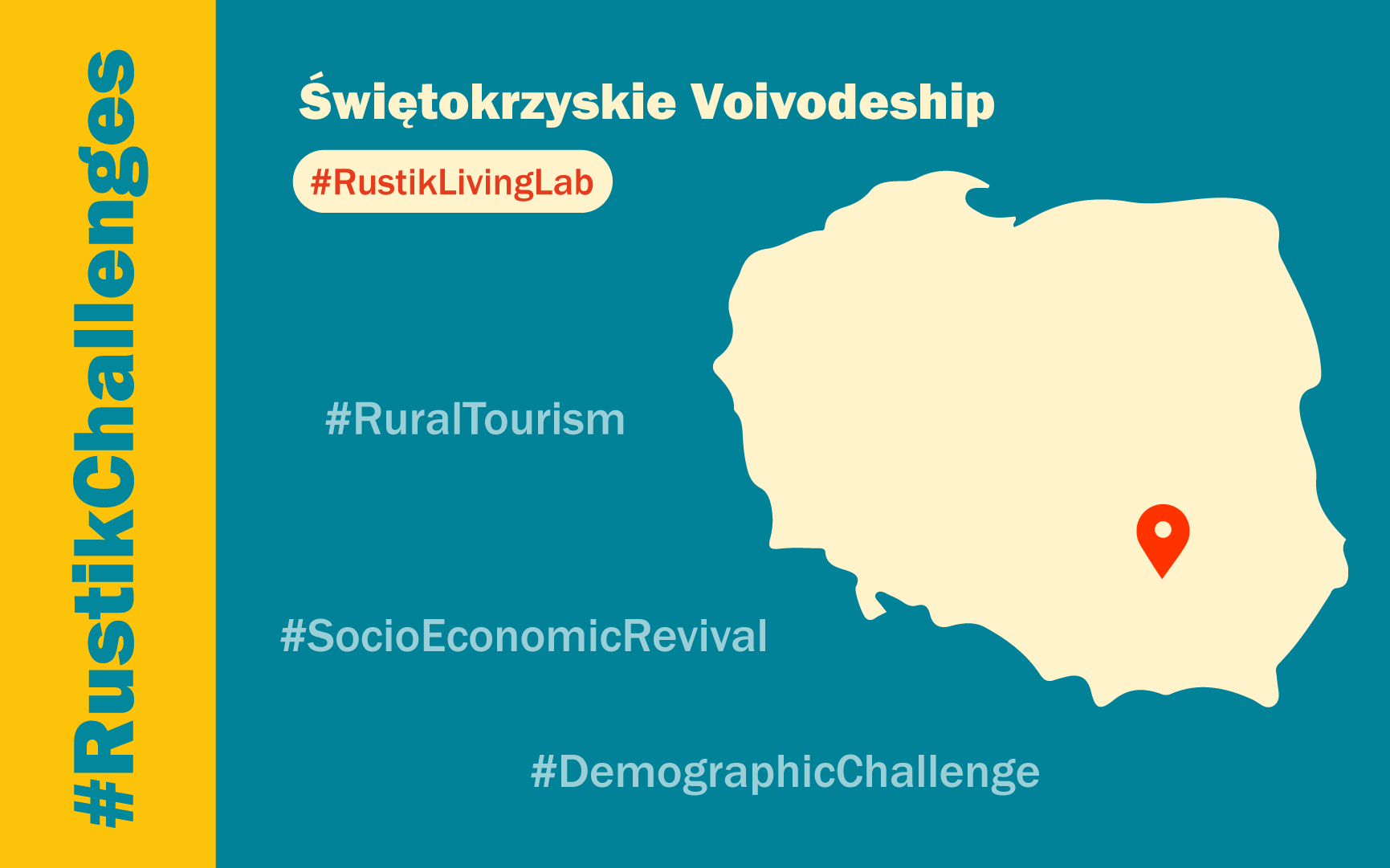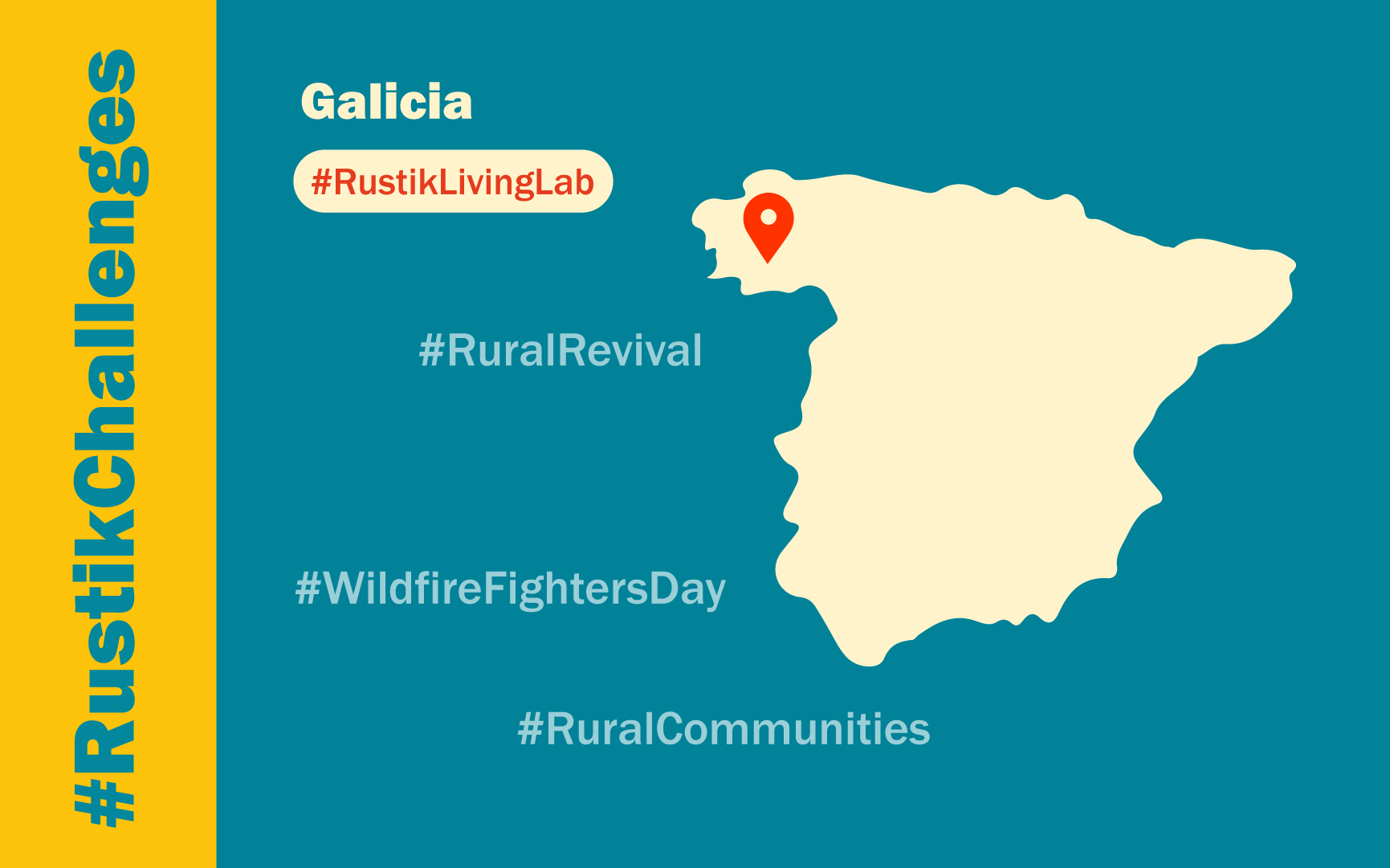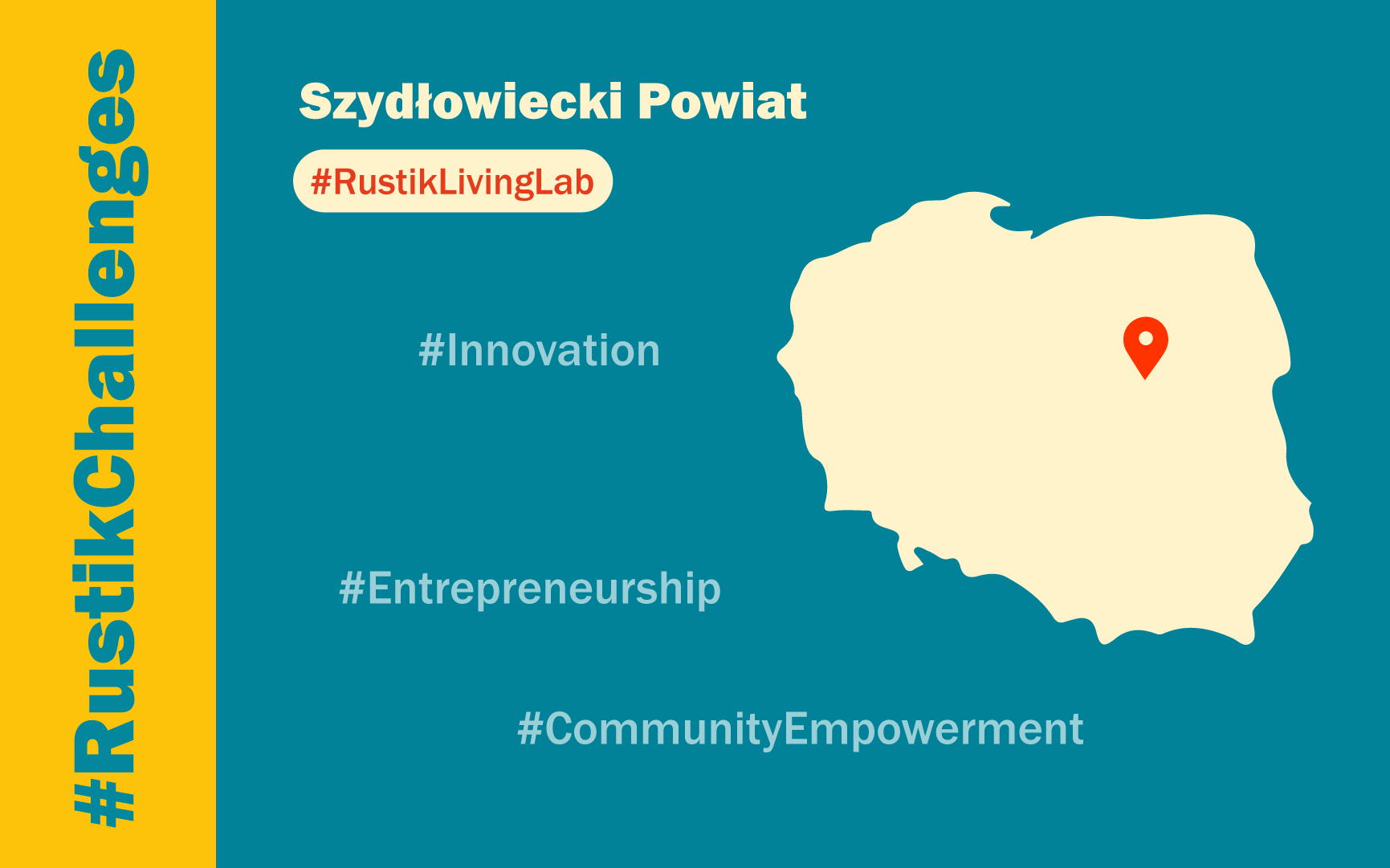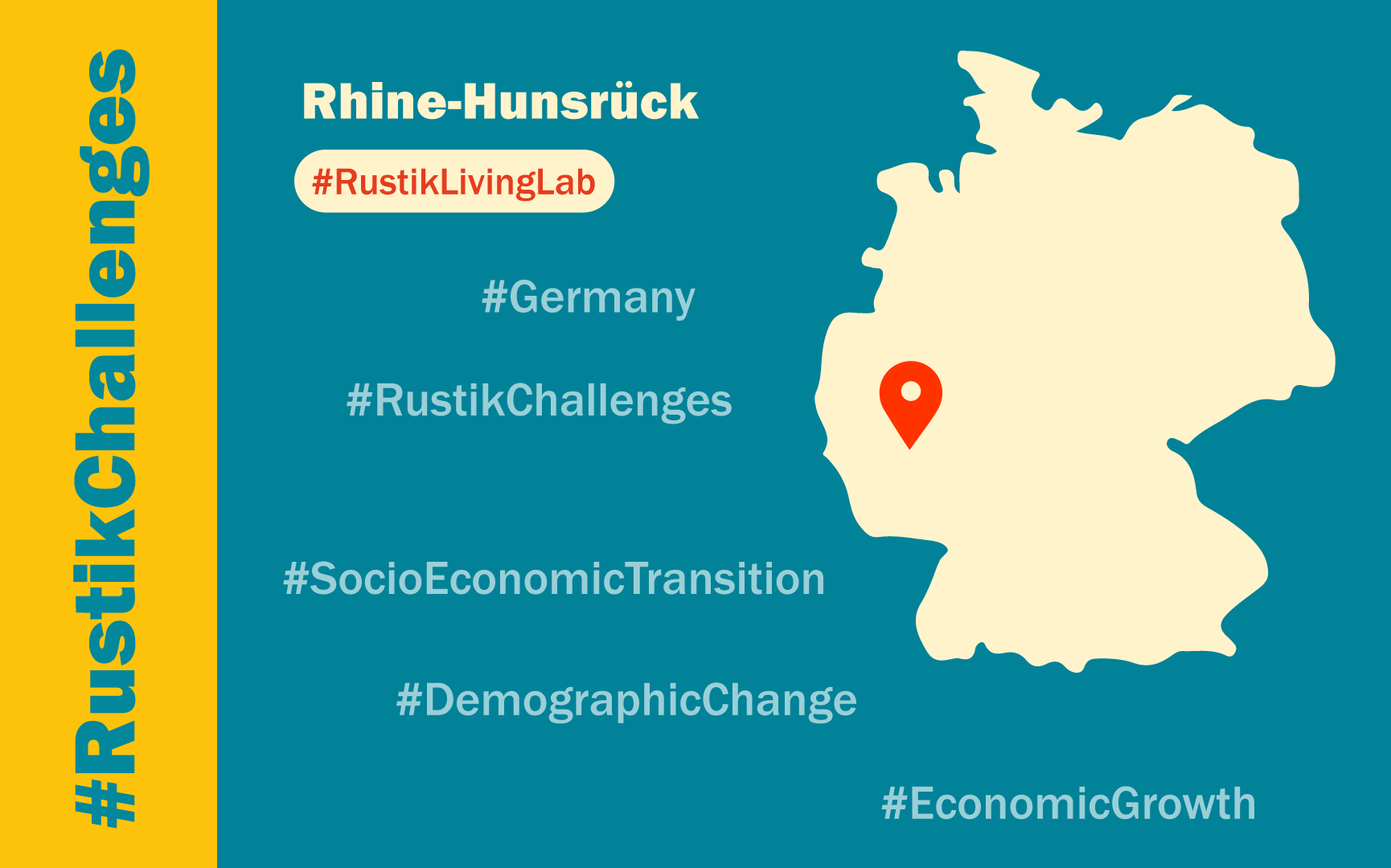“Живите лаборатории” на RUSTIK вече активно провеждат своите експерименти с данни, като търсят начини за осигуряване на нови данни, идентифициране на нови източници и проучването им чрез иновативни методи. Експериментите имат за цел да помогнат на селските райони да се справят по-добре с ключовите преходи и предизвикателства, които преживяват.
-
Съвместни усилия на живите лаборатории на RUSTIK на Балканския полуостров
Две от лабораториите на RUSTIK – Zajechar и Троян-Априлци-Угърчин (ТАУ), които се намират на Балканския полуостров, но от двете страни на сръбско-българската граница, идентифицираха за изследване общо предизвикателство – неизползвания потенциал за сътрудничество между участниците в хранително-вкусовата промишленост като ресурс за териториално развитие.
За да се запознаят по-добре с двете територии и с начина на провеждане на сравнителен експеримент с данни, членовете на двете МИГ, а именно RARIS – Агенцията за регионално развитие на Източна Сърбия и Департамента по аграрна икономика към Аграрният факултет на Белградския университет, Местната инициативна група Троян-Априлци-Угърчин и Катедрата по социология на Софийския университет “Свети Климент Охридски”, организираха среща, домакинствана от сръбските партньори.
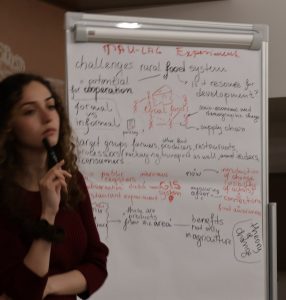
По време на срещата двамата регионални партньори представиха основните си социално-икономически предизвикателства с акцент върху участниците и политиките, свързани с храните. Бяха обсъдени идентифицираните източници на данни, както и инструментите за събиране на данни (въпросници и ръководства за интервюта). Бяха обсъдени идеи и материали за по-нататъшно концептуализиране на идентифицираните данни, като например анализ на социалните мрежи за сътрудничество по късите вериги за доставка на храни.
Двете лаборатории решиха да събират набори от сравними данни, да проучат сходни източници на данни и да се съсредоточат върху сходни целеви групи при провеждането на експериментите си. Целта е да се идентифицират общите и различните аспекти на “балканския синдром” на неизследвания потенциал за сътрудничество между актьорите в агро-хранителните вериги.
RARIS и МИГ ТАУ представиха териториалните инструменти, които използват за подкрепа на местните участници, като например регионалната марка Balcanica Superior, действаща в Източна Сърбия, както и различни проекти, свързани с храните, разработени на територията на МИГ ТАУ. Двамата регионални партньора – МИГ ТАУ и RARIS разчитат на проект РУСТИК да опознаят по-добре териториите си чрез данни и така да успеят да насочат подкрепа към местните участници в селските райони, които имат принос за подобряване работата на местните агро-хранителните вериги. Двамата партньори изразиха задоволство от това, че вече научат повече за своите територии, че вземат по-информирани решения и по-сигурно и широко използват данни, за да са по-ефективни в работата си.
